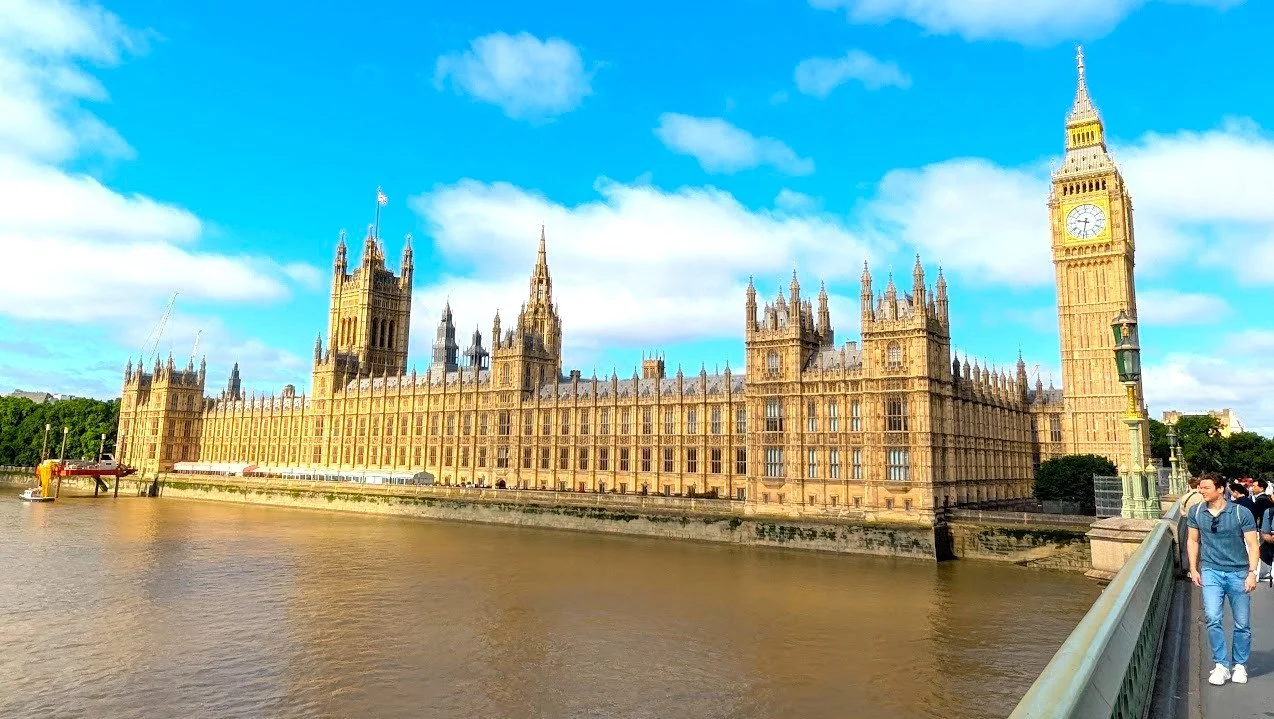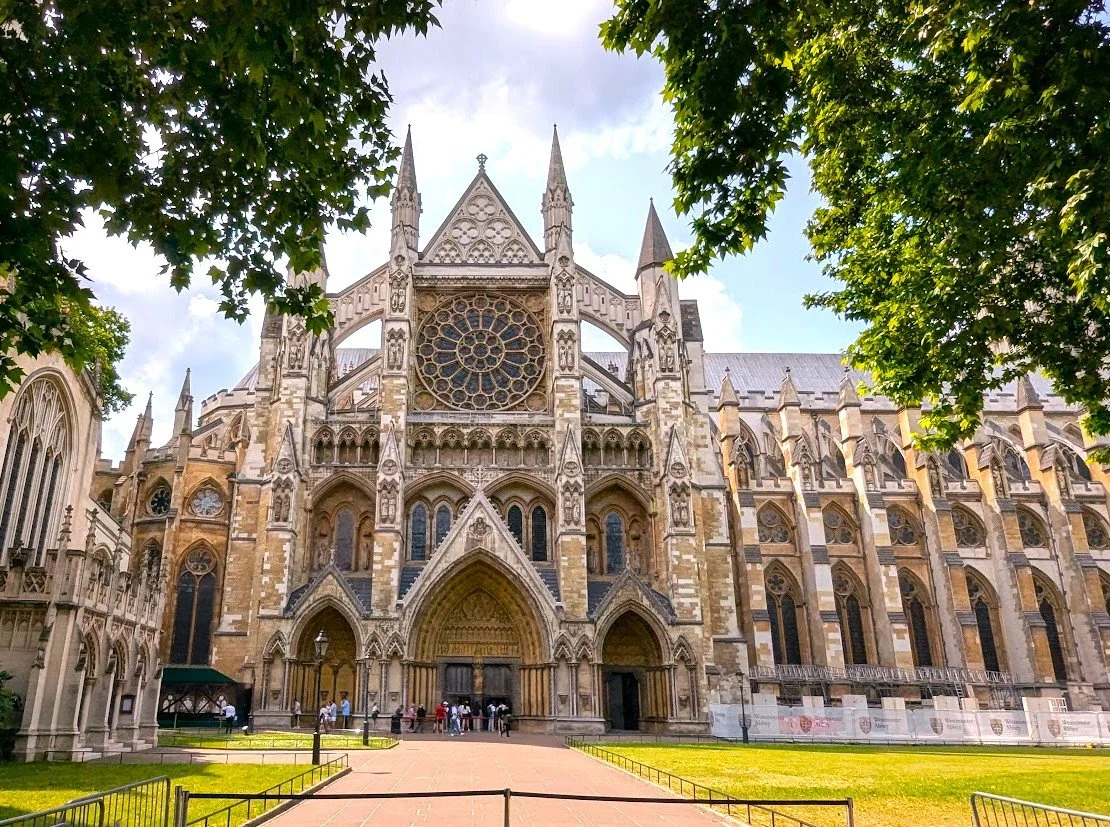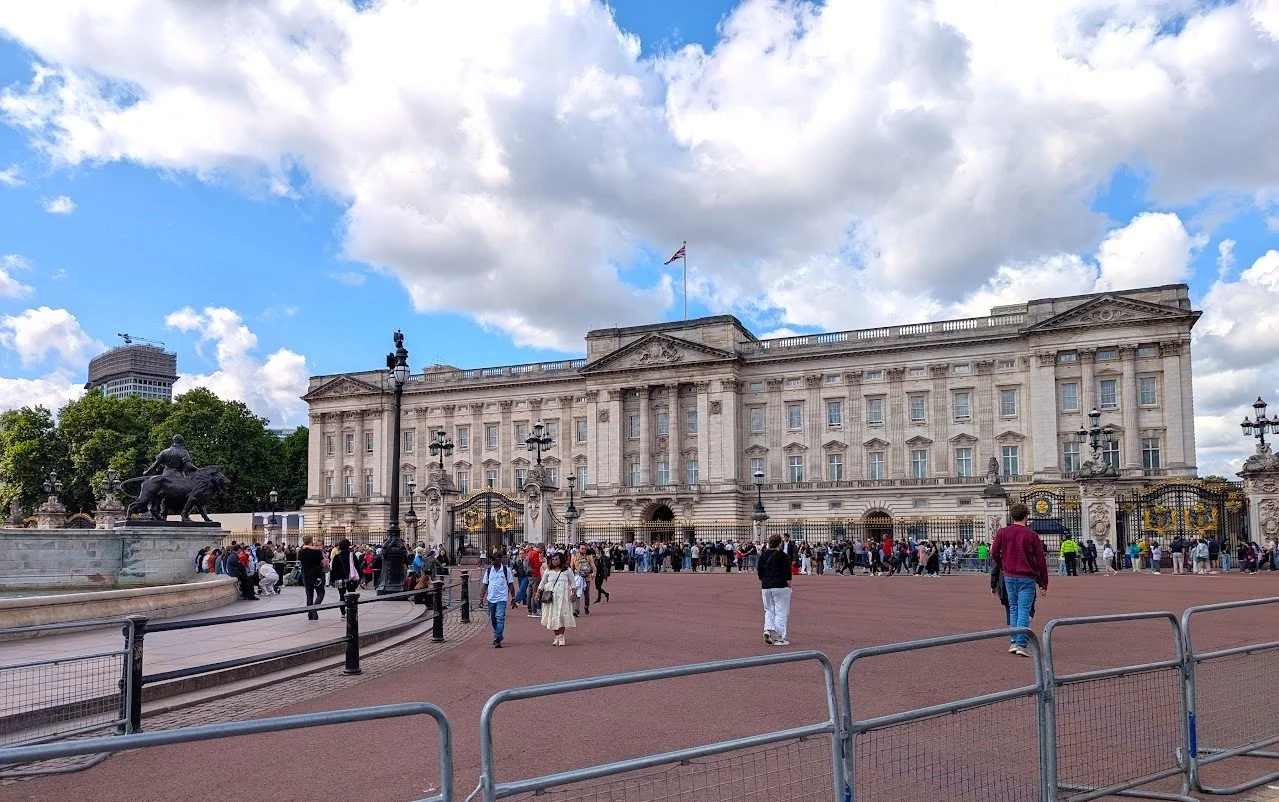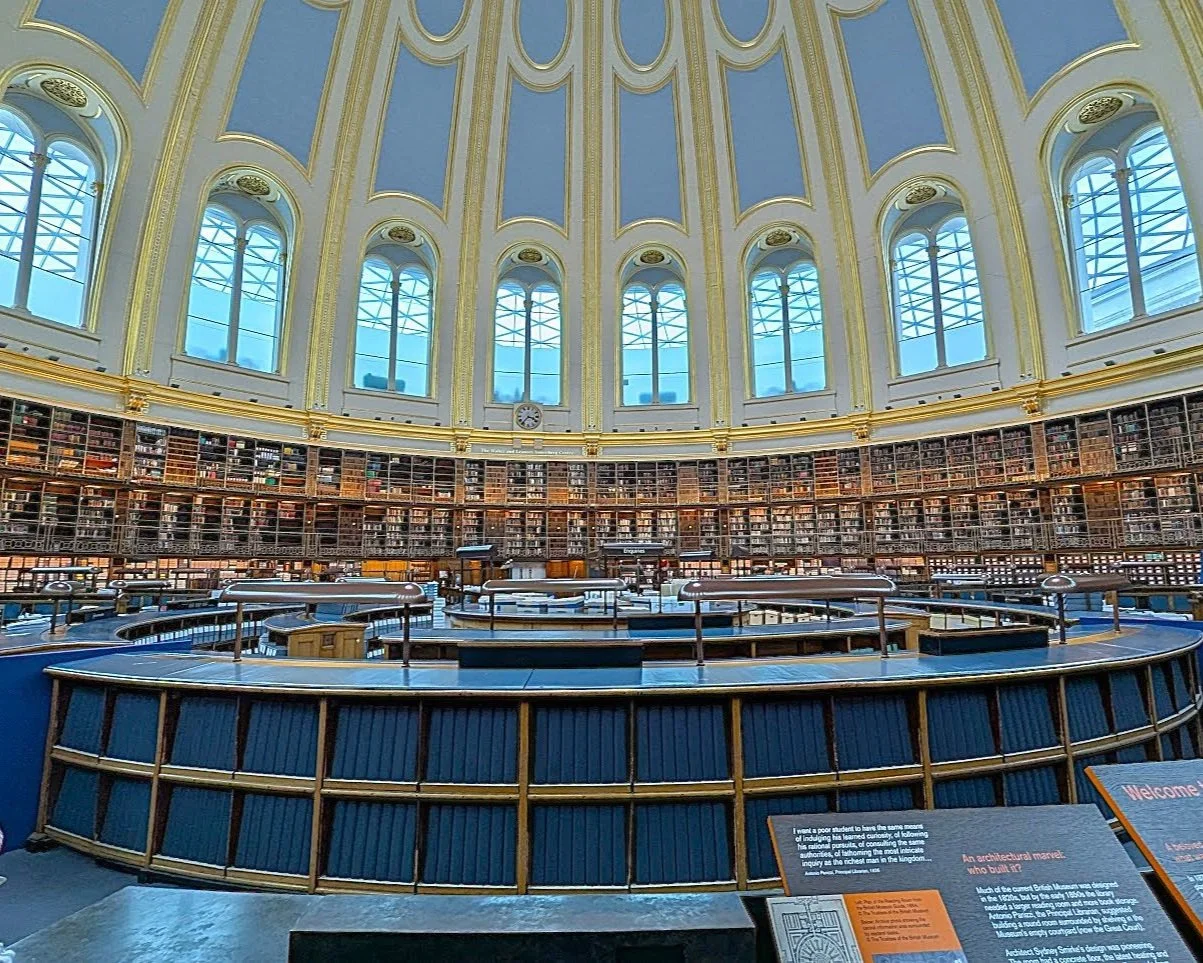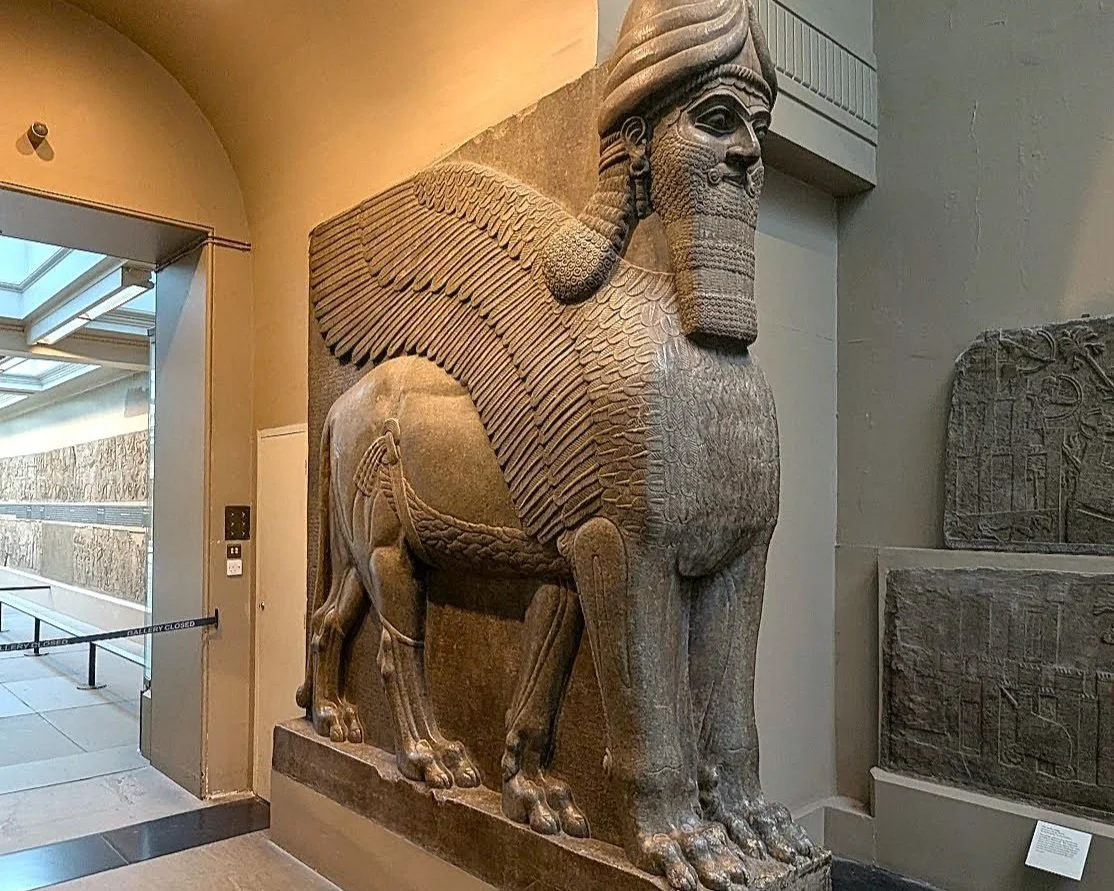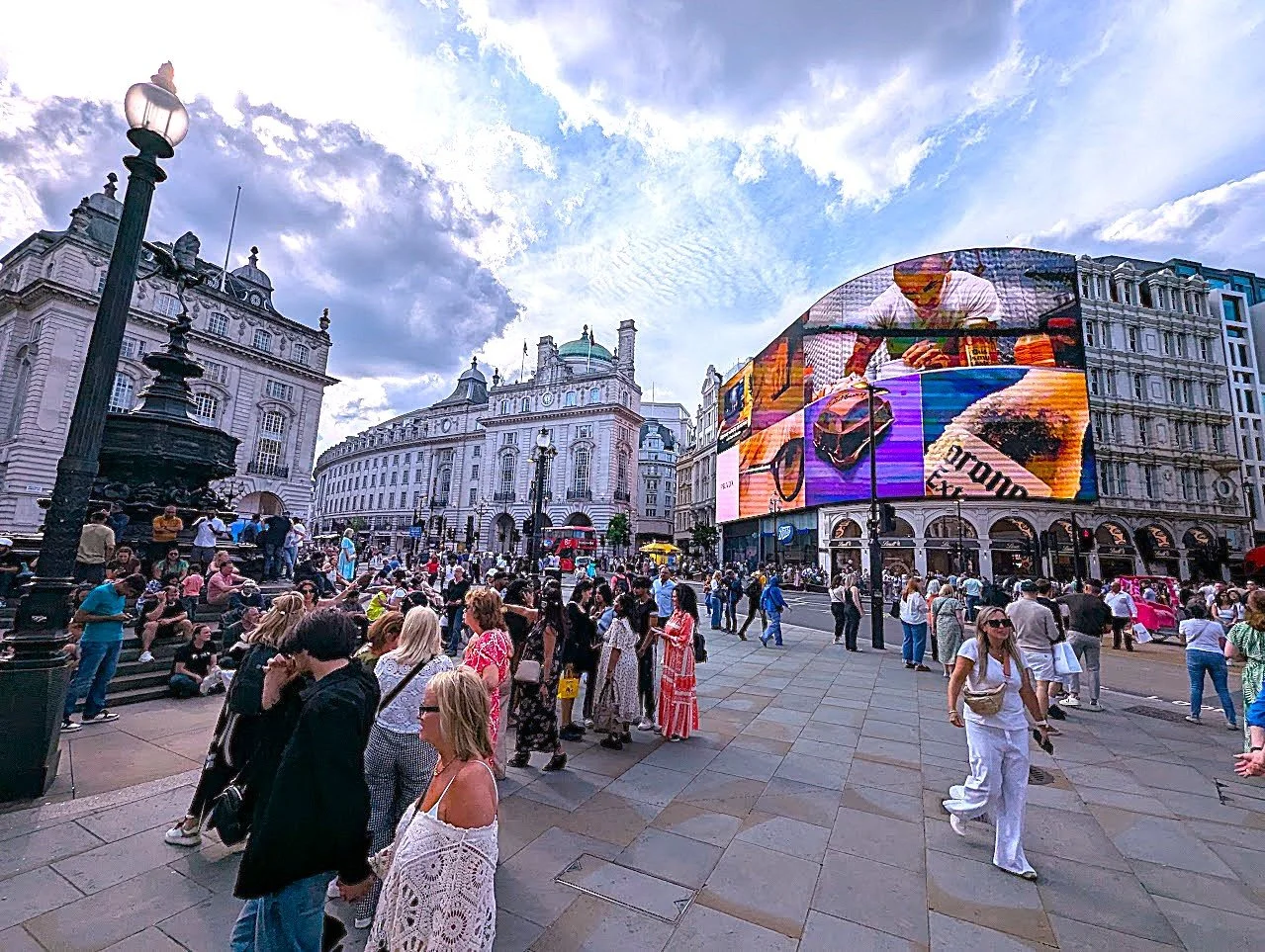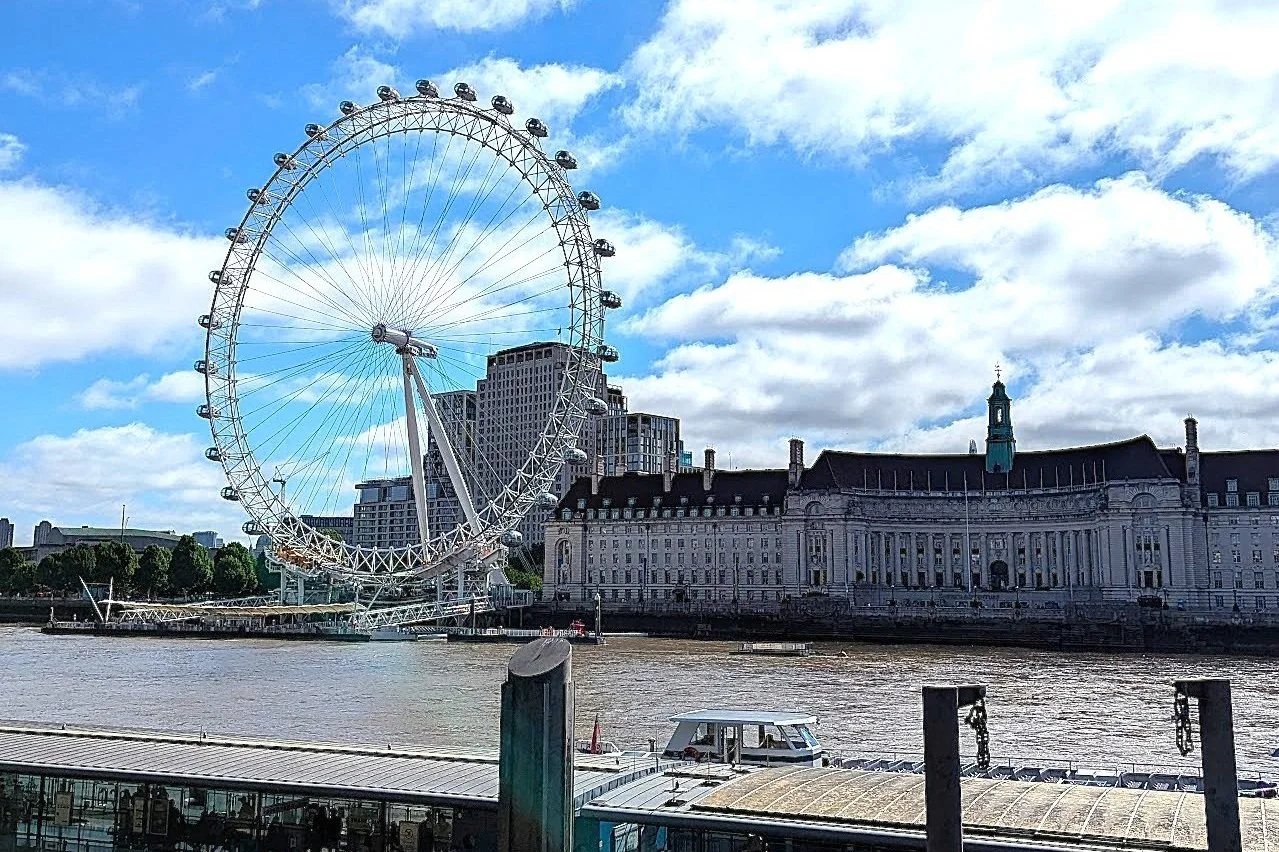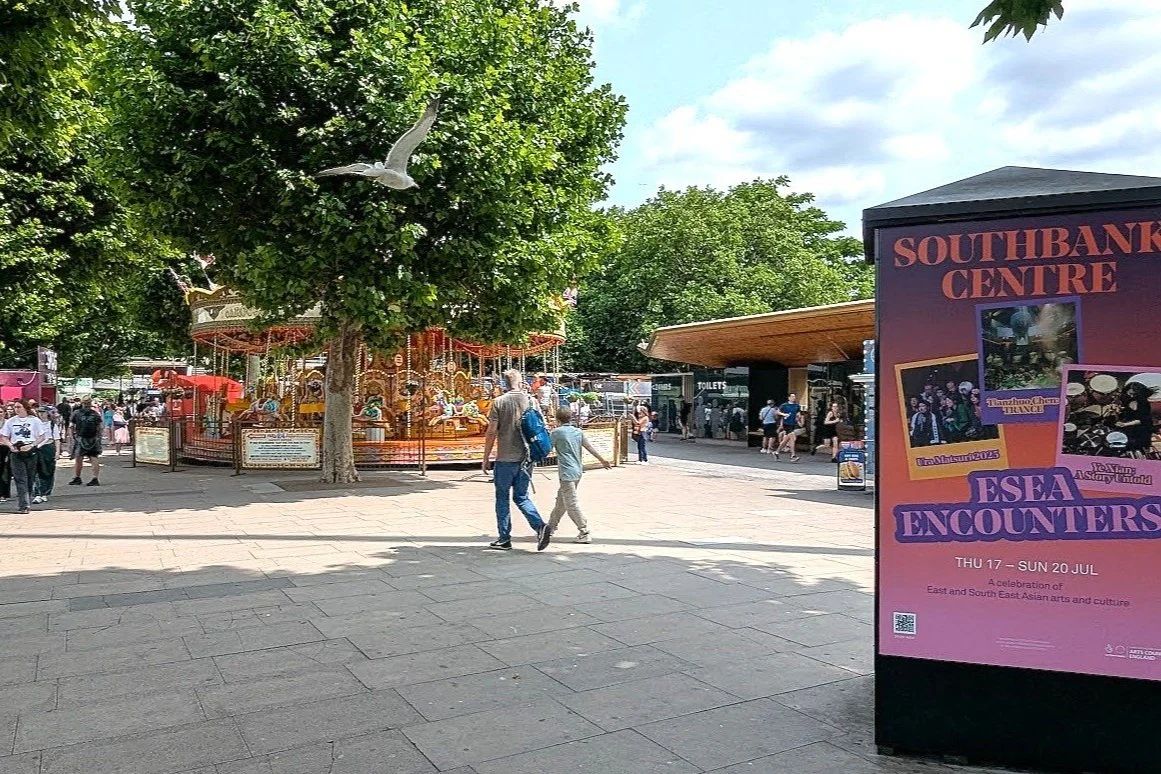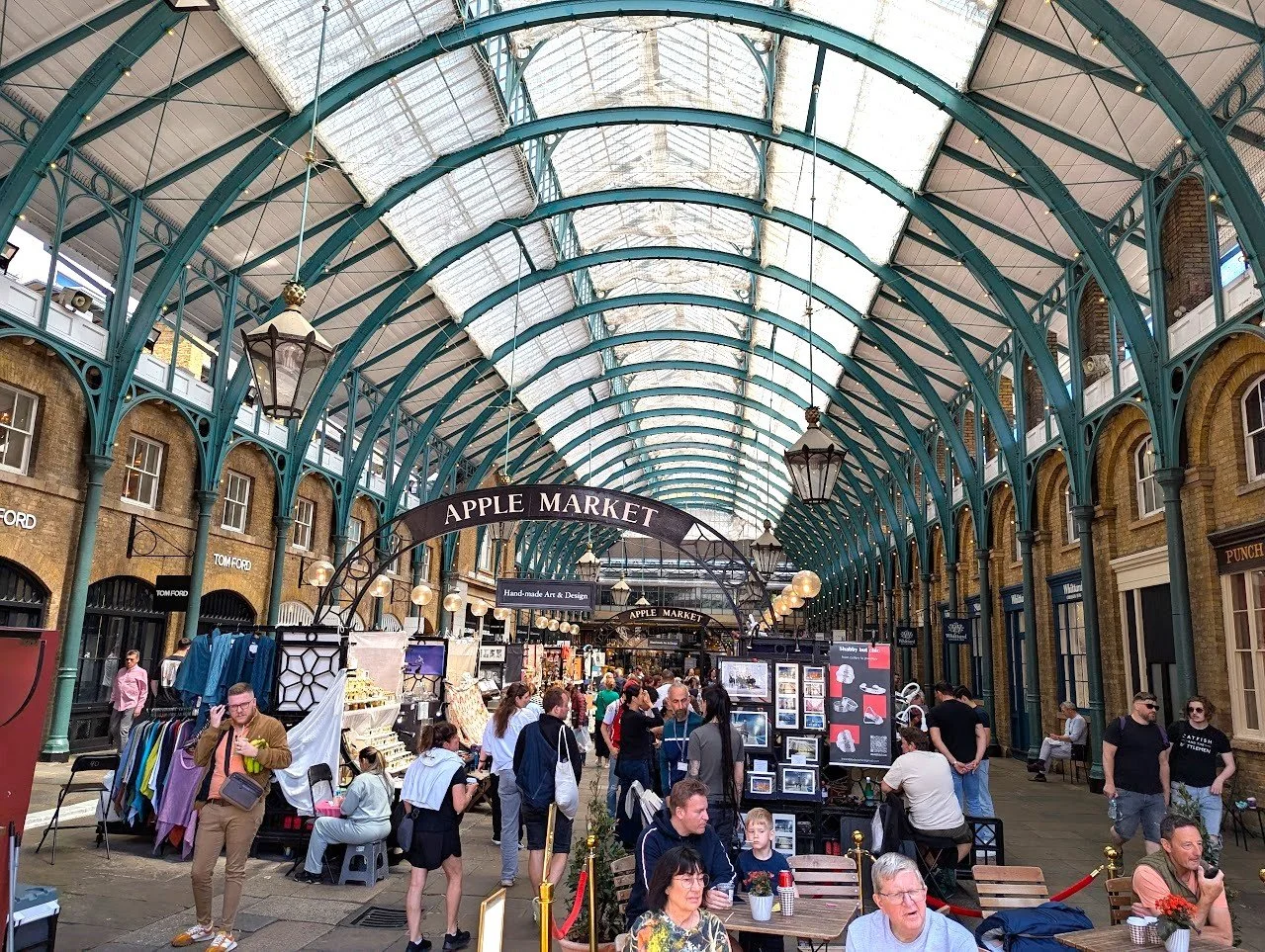London’s History and Culture Make It One of the World’s Great Destinations
London has played a vital role in the history of Europe for over two thousand years. Today, it boasts a population of more than fourteen million people in its metropolitan area and remains one of the world’s most important financial, cultural, and governmental centers. Approximately twenty million overseas tourists visit London each year with more than half coming from the United States, France, and Germany.
London’s balance of imperial buildings and eye-catching modern structures give the city an unusual image. London proudly displays the United Kingdom’s history along with its refined culture through the numerous museums, gardens, government centers and historic sites located there. While fifty sites in the city could be considered landmarks, some of the most interesting things to do there include the following activities:
VISIT HISTORIC SITES
Many of London’s historic sites are in the Whitehall and Westminster section of the city, or along the Thames River. Some popular destinations include:
Houses of Parliament and Big Ben - Looking at the Houses of Parliament and Big Ben from the Westminster Bridge or the South Bank of the Thames River is a special experience. Since 1512, the two chambers of the British Parliament, the House of Commons and the House of Lords have pronounced laws for the government of the realm, determined issues of war and peace, and restrained the prerogatives of royalty at this location. Spirited debate along with ceremonies of great pomp and circumstance have graced the halls and offices of the gothic building which extends more than three football fields along the riverfront. Adding to the grandeur of the landscape is the huge clock known as Big Ben which tops the Elizabeth Tower at one end of the building. Originally constructed in 1843, the huge 13-ton bell rings each hour, and smaller ones announce the time every fifteen minutes.
Westminster Abbey – The towers, flying buttresses and carvings of Westminster Abbey provide a majestic demonstration of Britain’s medieval architecture. Originally designed during the 1200s by King Henry III, additional towers, chapels, and buildings have been added over the centuries to this World Heritage Site. Dozens of British royalty have been crowned, married, and buried there along with some of the nation’s leading citizens and public figures. In addition to these ceremonial functions, Westminster Abbey serves as an operating church with regular services open to the public. The royal artifacts, sculptures and grandeur of the site make it well worth a guided tour.
Churchill War Rooms - Several blocks away from the Parliament and the Prime Minister’s residence at 10 Downing Street lies an interesting museum sometimes referred to as the Cabinet War Rooms or the Churchill Museum. This underground concrete headquarters was built by the British government just prior to World War II and survived numerous bombings during the war. It served as the command center during the nation’s heroic struggle against the Axis powers. The rooms where military analysts poured over troop reports, studied maps of ongoing operations, and strategized the liberation of Europe remain in place and seem frozen in time. New exhibits added to the museum help later generations understand the fortitude and leadership which Winston Churchill provided to his nation during these trying times.
Tower of London- For 1000 years, the Tower of London served as a feared symbol of British royalty having been used as a palace, prison, execution site and armory for the crown. It is a large fortlike structure with tall towers, moats, dungeons, and a compound for the royal guards known as Beefeaters. Although the Tower served as a place of confinement for many famous prisoners, today the attractions include the orbs, scepters, gold plates, diamonds, and crowns of the Crown Jewels. There are also large galleries full of medieval armor, swords, flags, and life size carvings depicting some of England’s most famous monarchs.
Buckingham Palace- The 775 room Buckingham Palace is the location where the Queen receives dignitaries on behalf of the nation and where formal state dinners are held. It also serves as the business office and a residence of the British monarchy. Open to visitors on limited occasions in the summer, the throne room, drawing rooms, gardens, and art galleries there rival the palaces of other European nations. People frequently flock to the Mall leading to the palace or to the nearby St. James Park and Green Park to view the changing of the Guard or processions of horses, carriages, military bands, and royal guards which take place on certain holidays or for special events.
SEE GRAND MUSEUMS AND GALLERIES
British Museum – One of the most popular and comprehensive museums in the world, the British Museum attracts over five million visitors each year to its ninety-four galleries of exhibits. Established in 1753, the museum includes archeological artifacts, historic items, art, and collectables from civilizations around the world. These invaluable items were brought to the museum by explorers, private collectors, military conquerors, and academicians. Some of the most popular treasures and objects can be found in the Egyptian, Greek and Roman, Chinese, Prehistoric Britain, and European collections. Special exhibitions occur regularly on topics ranging from the canonization of Thomas Beckett to the Myths surrounding Roman Emperor Nero to the origins of important religions in ancient India.
Other Museums and Art Galleries- London has some of the world’s most renowned museums and art galleries. The National Gallery located in the Trafalgar Square area welcomes over six million visitors annually to its huge museum. The National Gallery has over 2,000 paintings on permanent display from Renaissance, European, Spanish, and Dutch masters, and focuses on pre-20th century works. The Tate Modern gallery located on the southern bank of the Thames in a former powerhouse specializes in modern art by international artists. Paintings and art objects from the United Kingdom are displayed at the Tate Britain gallery in Westminster. All three galleries provide free admission except for certain special exhibitions. Another unique museum attraction is the Victoria &Albert Museum in Kensington. This museum seeks to educate and promote interest in art and science through a diverse collection of sculptures, tapestries, architecture, glass work, paintings, ceramics, jewelry, and fashion obtained from all four corners of the world and representing ancient, medieval, and modern eras.
ENJOY CULTURAL EXPERIENCES
Piccadilly Circus and West End Theaters - Piccadilly Circus is a circular intersection which serves as a popular gathering place for locals and tourists seeking to enjoy the extensive shopping, restaurant, and theater areas of the West End. It is known for its large video and neon displays like Times Square in New York and is surrounded by diverse restaurants and stores. Numerous theaters and entertainment venues nearby provide a wide variety of offerings ranging from the latest Broadway style productions to Shakespearian plays, appearances by popular musicians, or opera and ballet. It is usually easier to obtain tickets to West End plays than major productions on Broadway and prices are reasonable.
Abbey Road Attractions- London has more bankers than guitar players today but it still retains the reputation of being a fashionable and trend setting city from its heyday during the “swinging sixties.” No location embodies that era more than the Abbey Road section of the city which the Beatles made famous by putting it on the cover of one of their last recorded albums. Fans flock to the St. John’s Wood section of northwest London to see two vestiges of the group and those times. One is a simple crosswalk which became famous because the Beatles put a picture of the four of them crossing it single file on the cover of their album. Another is the townhouse building which served as the Abbey Road Studios for the Beatles and other groups for over fifty years. Tourists love to gaze at the sites and take selfies simulating the Abbey Road Walk.
RELAX OUTDOORS
London Eye and the South Bank- The London Eye, opened in 2000 as part of the City’s millennial celebration, provides an amazing view of other landmarks across the city and long stretches of the riverfront. This is no conventional Ferris wheel though. At 443 feet, it is the world’s tallest observation structure which uses thirty-two separate glass capsules to allow twenty-five people in each capsule to enjoy a 30-minute rotation. Located across the bridge from the Westminster section of the city, the London Eye is adjacent to other tourist attractions in County Hall such as the London Dungeon, See Life Aquarium. the Paddington experience, and Shrek’s Adventure. The South Bank riverfront also serves as a gateway to the South Bank’s collection of performing arts venues, outdoor restaurants, street performance stages, and small parks. This renovated industrial section has become a popular place to live, relax, and enjoy rotating activities like food festivals and kiddie carnivals during the summer and fall.
Hyde Park - Londoners love parks, gardens, outdoor recreation, and flowers. By some counts, there are over a thousand parks in London where people can relax and interact with others. Hyde Park has been a popular destination for years since it once served as a gathering place for the nobility and the site of the Great London Exposition of 1850. Today, this large 350-acre park has several unusual features. One is the Speaker’s Corner where both professional orators and cranks can speak about their personal views to passersby or supporters. Another is the Princess Diana Memorial Fountain and lazy river which respectfully commemorates her special connection to the British public. Other facilities include a large lake where people can row a boat, use sporting facilities for exercise, and enjoy a bandstand for concerts.
SAMPLE THE SHOPPING
Most of the world’s leading clothing establishments have shops and stores in cosmopolitan London. Two places that tend to attract both casual shoppers and people searching for unique clothing and goods are:
Harrod’s- Established in1905, Harrods has long been identified as one of the world’s leading department stores. For many years, the grand store occupied over one million square feet and offered a wide selection of goods and services in hundreds of different departments while embracing the motto “all things for all people, everywhere.” Today, the store retains its posh reputation and attracts large numbers of international shoppers and luxury purchasers to its central location, but it remains popular with general shoppers and tourists.
Covent Gardens- Designed as a marketplace for fruits, vegetables, and other wares during the Victorian era, Covent Garden has retained its piazza and covered marketplace, and added restaurants, small shops and stalls selling foods, designer clothes and general merchandise to residents and tour groups. It is a great place to browse for an hour or two and stop for a morning coffee or café snack during the day.

